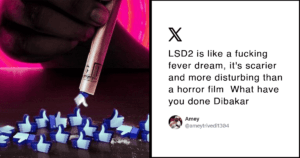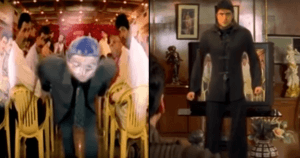Disclaimer – Spoilers ahead. The article doesn’t support quick therapy as a solution to issues that are deep-rooted and serious.
Netflix’s Sex Education is winning the internet for its dealings with sex, feminism, racism, stereotypes, bullying, peer pressure, teenage pregnancy and what not. Unlike other teen dramas, the show corrects the problematic mainstream narrative and replaces it with more sensitive content.
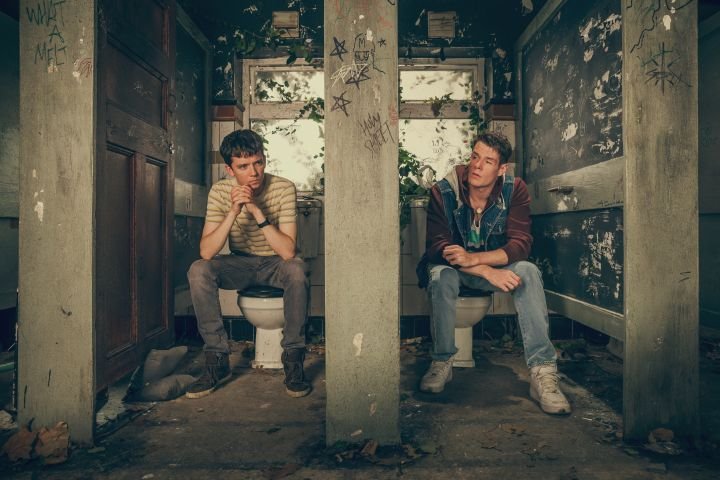
The protagonist, Otis, who opens a sex therapy clinic for teens with Maeve, talks consent and everything sex, in a true-to-life, non-romanticised way and it’s the sex education we wish we were exposed to, as teens.
Here are some of the moments from the show that make it the entertainment of this decade, with a message.
1. When Otis’ date, Ola wears a tux and picks him up for the prom and it was not a big deal at all.
The show targets gender stereotypes, where men and women are expected to dress a certain way, based on their gender. Ola wearing a tux for the prom is normalised, no one pin points the way she’s dressed and it’s truly impactful in a subtle way.
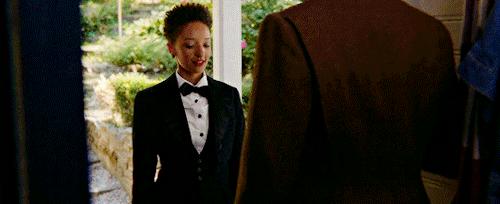
I think I have a crush on Maeve. But Ola in that suit? 🔥 Eitherway #sexeducation on #netflix is absolutely amazing. So happy to see progressive content for kids to relate to and also talk about sex in general. Good job you guys!
— Just a doodler (@sumayyah28) January 25, 2019
2. When everyone comes together to de-stigmatise being a victim of revenge porn.
Ruby receives a message that threatens to share her ‘nudes’ with everyone. Later, during the assembly when the headmaster addresses the concern, someone in the crowd tries to shame Ruby. In what might be the most feminist moment of the show, the entire school stands up to claim it as their own nude picture.
Revenge porn remains an offence where the onus is put on the victim, who is shamed for sending or sharing the pictures or for not being ‘careful enough’. This is easily used to threaten or blackmail the person in question.
— no context sex education (@sexeducation) January 13, 2019
“Its my vagina.”weird & funny sentence but if a group of ppl said it individually to protect & prevent a girl from being publicly shamed, objectified & probably bullied, it can be one of humanity’s greatest moments❤ god im loving this series @asabfb #SexEducationNetflix
— fahra (@radgeum) January 11, 2019
3. When the show explores how things get difficult for the doubly marginalised communities.
The show’s an eye opener to the reality of violence, hatred, and prejudice that remains deeply rooted against people of colour and LGBTQIA+ communities. In what might be the most effective moment of the show, Eric is beaten up, abused, and ridiculed by two strangers for dressing up as Hedwig from Hedwig and the Angry Inch.
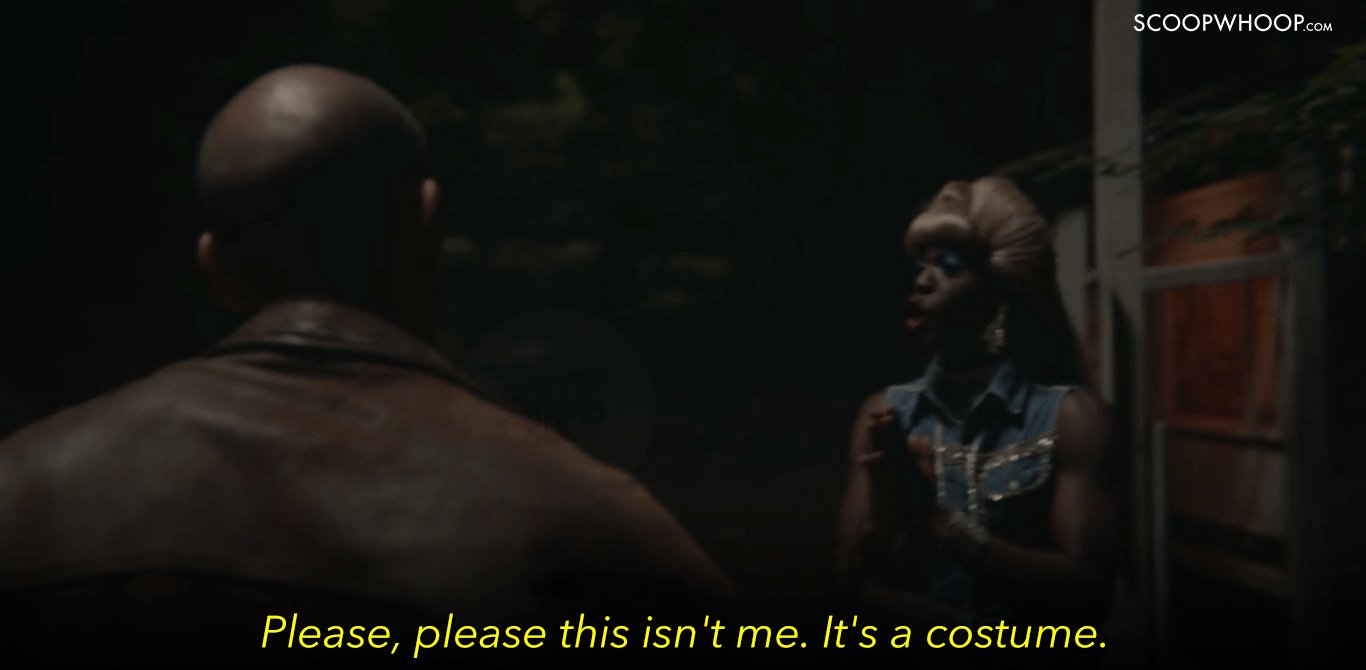
4. When the show deals with name calling and casual sexism.
Maeve is name called as a ‘cock-biter’ in the show, just because she said ‘no’ to some guy, who tried to kiss her. The show questions the narrative of name calling that is a form of bullying and ‘slut-shaming’, where the girl is held in contempt for simply speaking up or saying ‘no’.
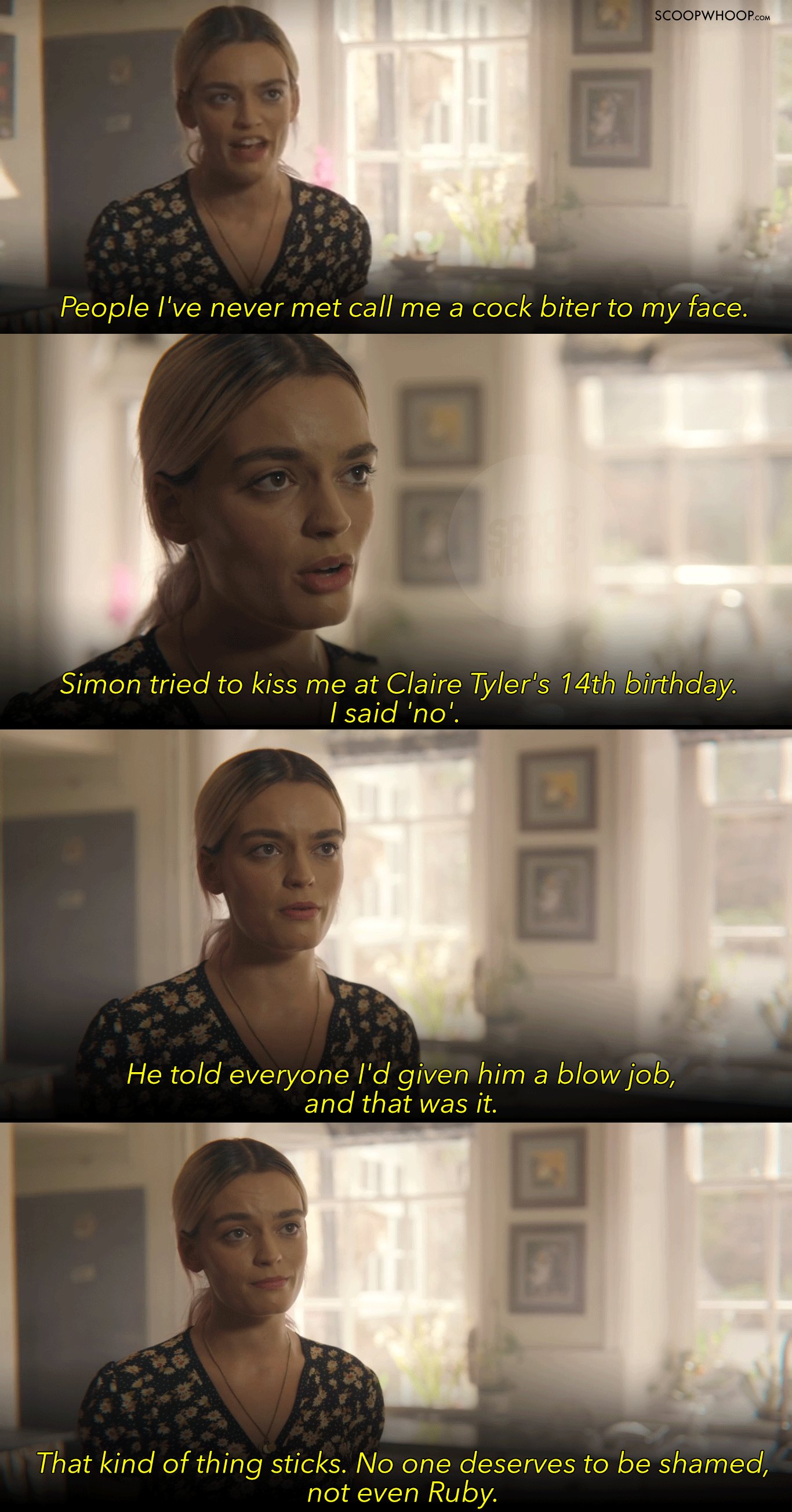
5. When the show deals with teenage abortion without any dramatic tropes.
this scene is powerful,,, rarely do we see abortions in series and movies that are true to life. this episode was so well crafted and moving. please if you haven’t go watch sex education on netflix! pic.twitter.com/yCfar7VeuK
— pin ☆ watch sex education! (@etherealavenger) January 24, 2019
6. When the show deals with sex issues and relationships that are not just of the heterosexual nature.
From Jackson’s two mothers to the lesbian couple as Otis’ client, the show boasts of all-inclusive characters.
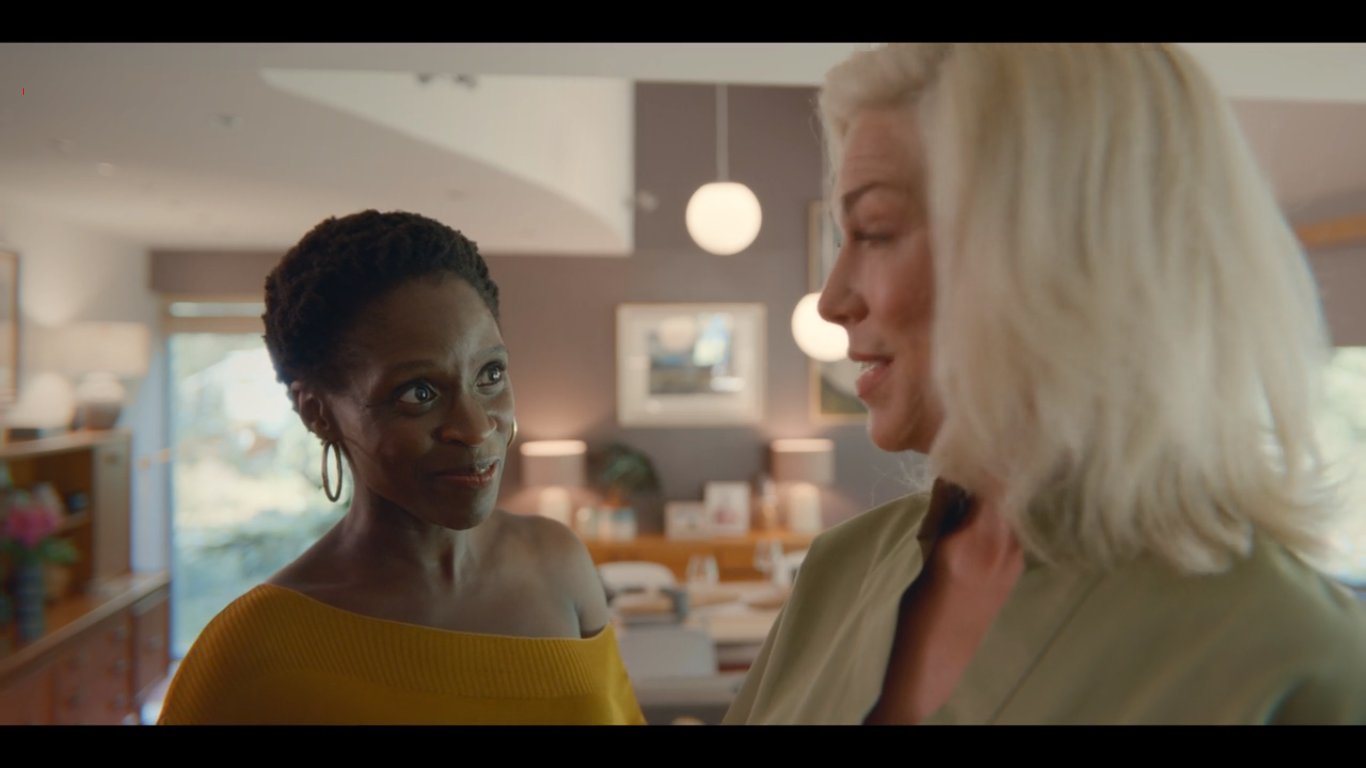
7. When Steve points out that Aimee is ‘performing’ instead of actually enjoying their sexual encounter.
From porn sites to age-old wisdom – girls are conditioned to put forth man’s pleasure over and above their own pleasure, so much so that the woman’s role in the sexual deed becomes a ‘performance’ for male pleasure.
But, in a jarring moment, during the show, Steve questions Aimee, ‘What do you want?’ To her utter surprise, before this moment she had no idea about her own desires. The scene works to normalise and raise awareness about female masturbation.
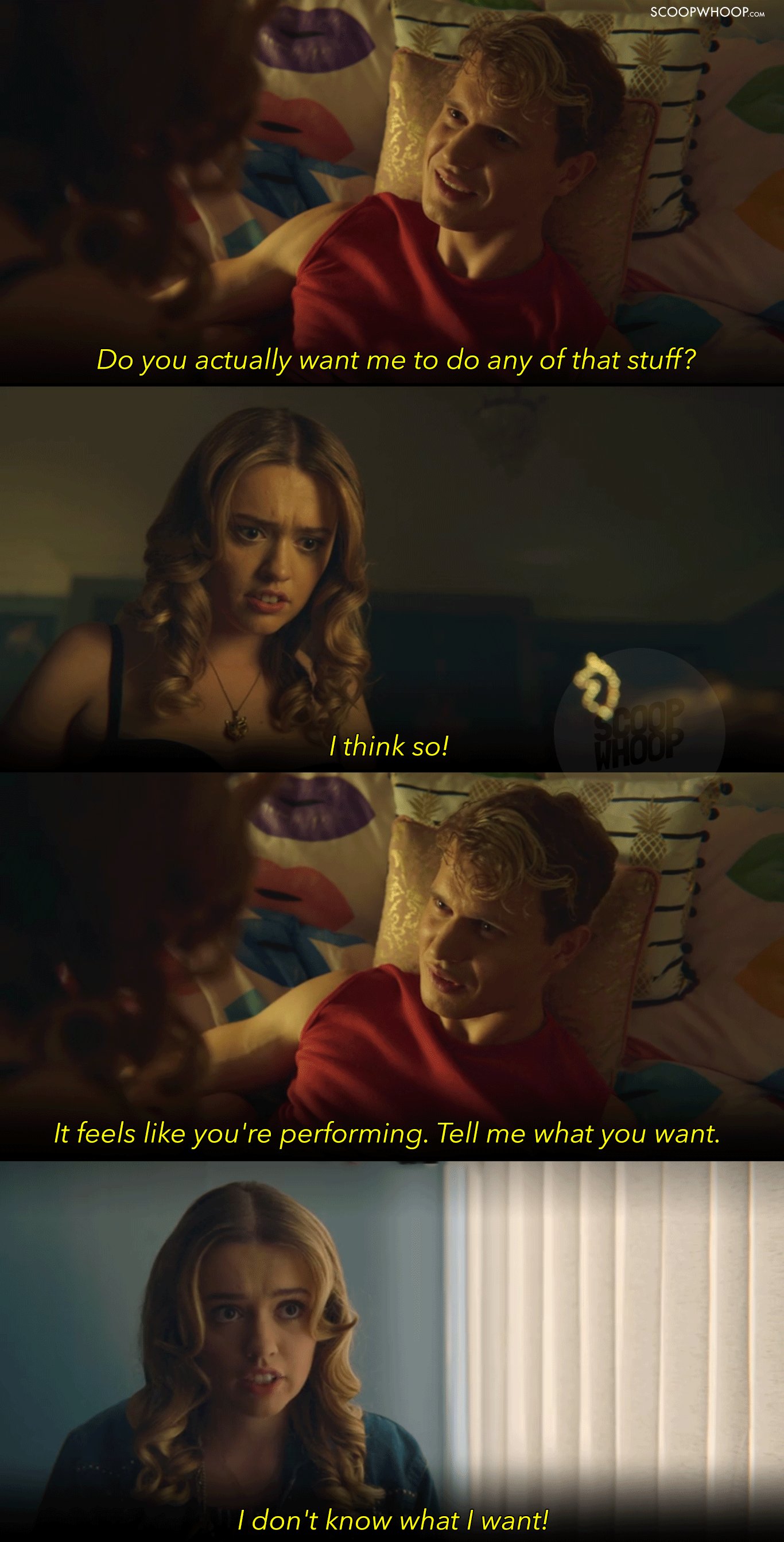
8. When the show points out how it felt to be ‘left out’ of the race where everyone’s ‘doing it’.
This moment debunks the facade of ‘losing it’ and brings home the point that it’s okay to do things at your own pace.
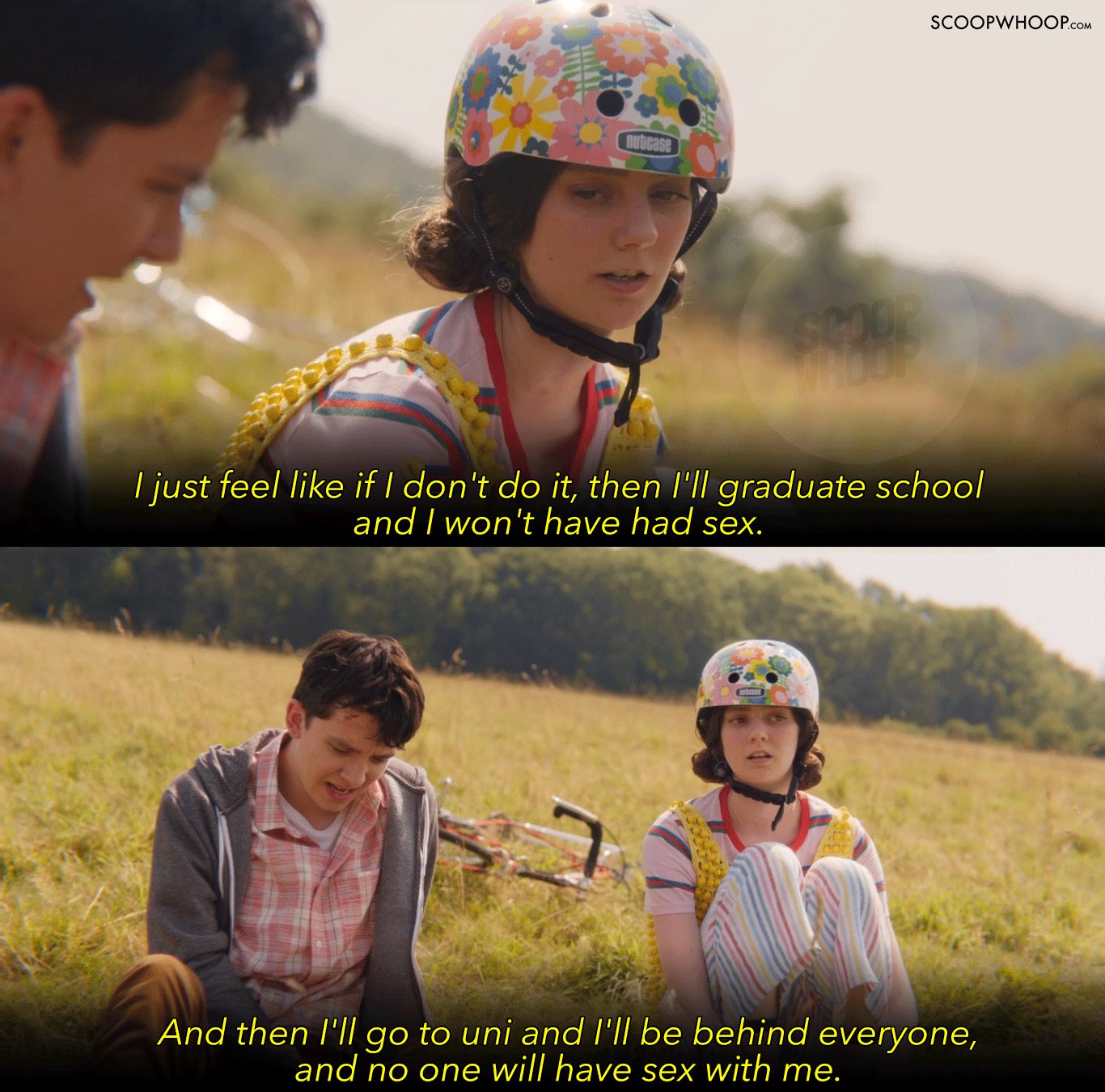
9. When it shows how over-involved, distant, or too strict parents unintentionally end up making their kids anxious in different ways.
While sailing through the farrago of confusion that is teenage, parents just want to stay in touch with their kids’ life or they are scared for them. From Otis’ meddling mother to Jackson’s overly strict mother, we see how extreme approaches end up making teens anxious and depart from confiding in their parents.
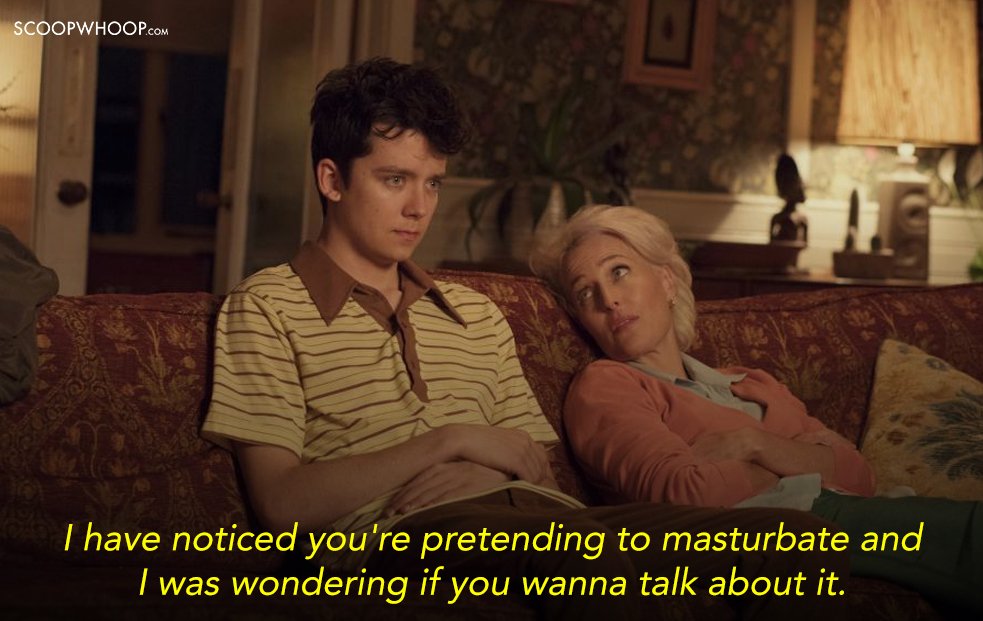
10. When stalking or ‘being persistent’ is not romanticised and no meant no!
The whole show is premised on the importance of consent. Bollywood can take some notes, here.
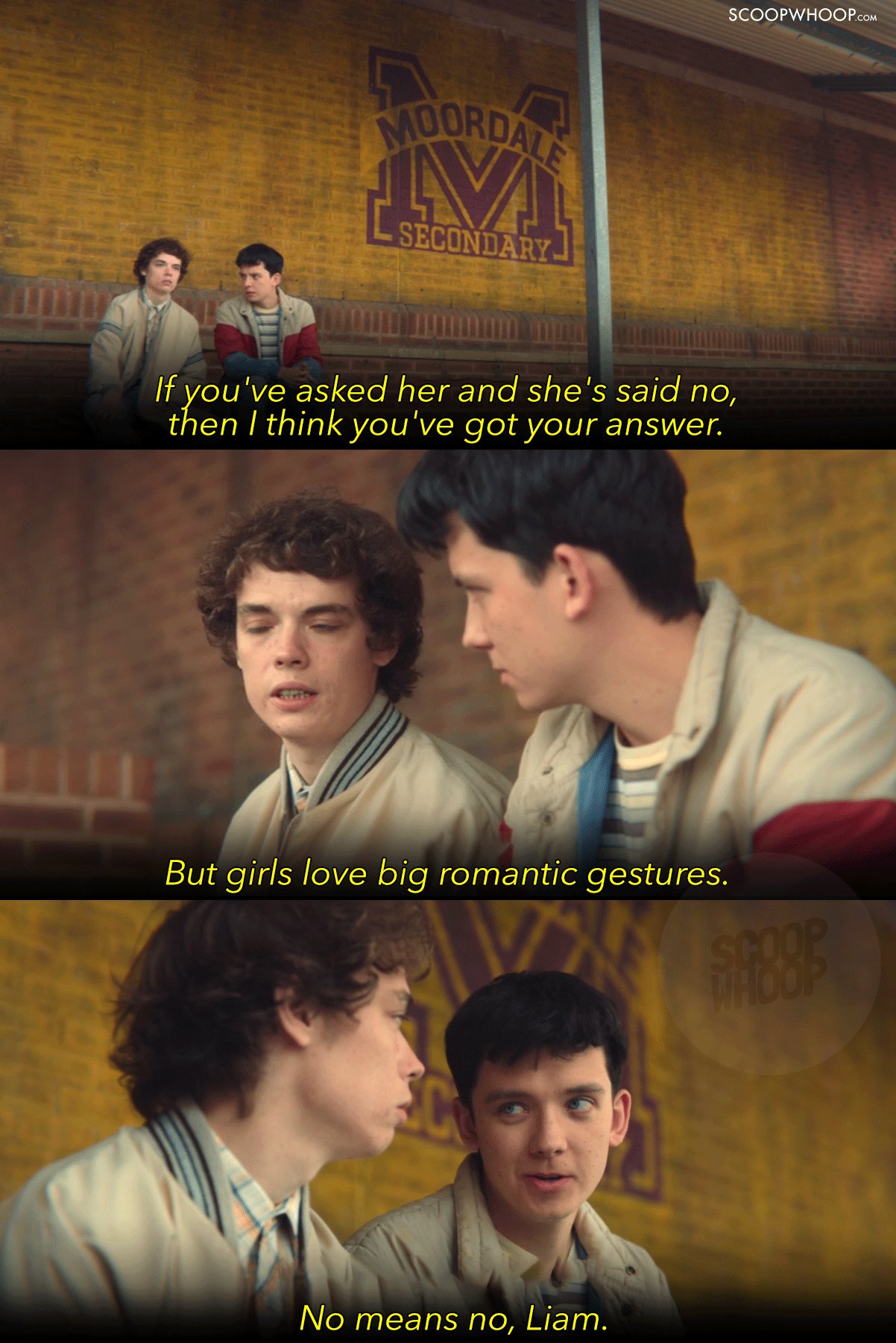
“No means no Liam” – Otis. #SexEducation is really showing how teenage boys can help their guy friends understand consent wowwww👏🏼#Netflix
— theOA (@carrissa_j) January 18, 2019
Filmmakers in India, especially in Tamil and Telugu should watch the first four minutes of #SexEducation series’ 7th episode on Netflix. #Consent #NoStalking
— Dhanya Rajendran (@dhanyarajendran) January 17, 2019
11. The scene- where Eric and Otis dance together at the prom- shows acceptance as opposed to the ‘no homo’ nonsense.
While a lot of teen dramas or romcoms show female friends dancing together at a prom, this scene marks a fresh change where two male friends celebrate their friendship as opposed to the ‘no homo’ toxic narrative.
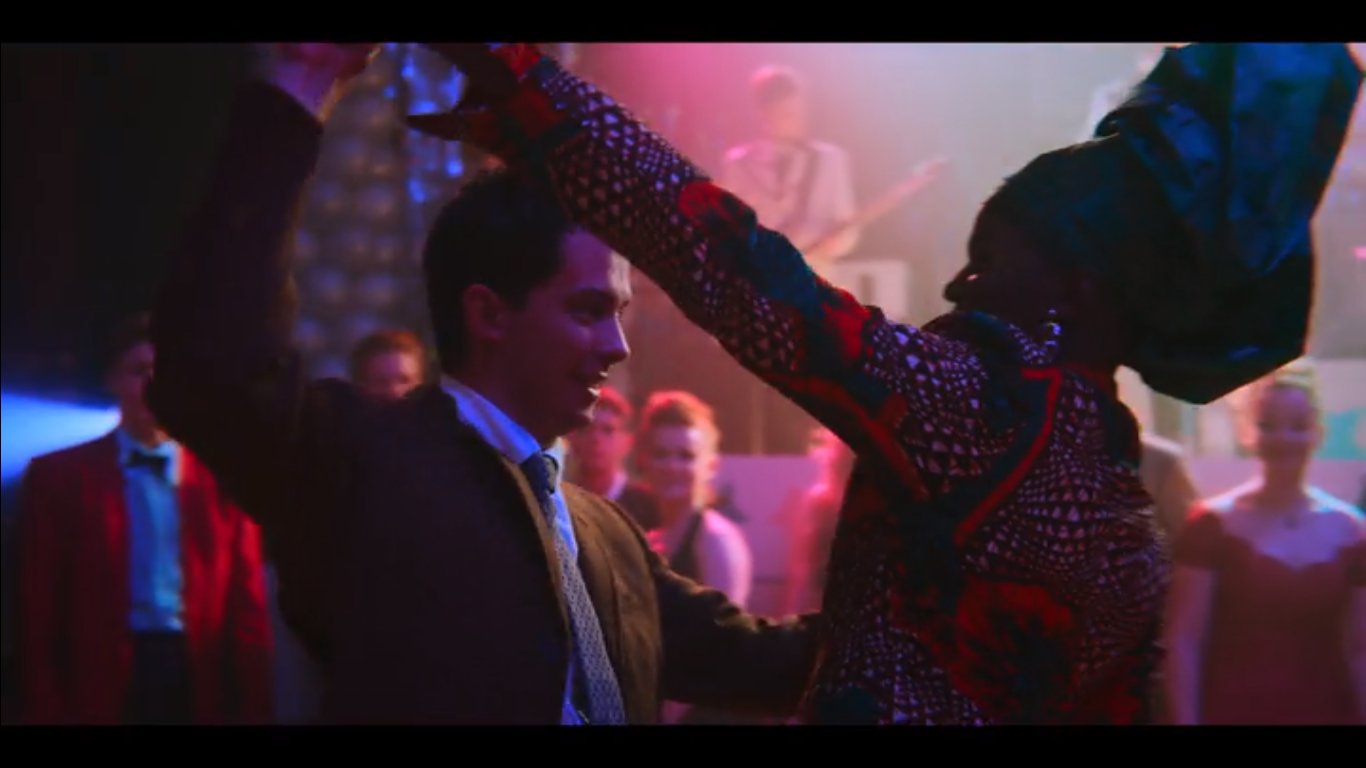
sex education on netflix shows us that vulnerable emotions & intimate friendships are not just for girls and gay men. so refreshing to see a show that breaks the “no-homo” mantra that most adolescent boys give in to. eric & otis make me so happy!!! @NetflixIsAJoke @sexeducation
— snaejaja (@snejaja) January 28, 2019
12. When Eric accepts his Black queer and gay identity, his father is both scared for him & aspires to be brave like him.
Eric’s story is one of the most powerful storyline of the show- from his dealing with religion to losing hope about claiming his truth in a hostile homophobic world. While the ride after that is not all rainbows, his story is dealt with in a true-to-life and moving manner.
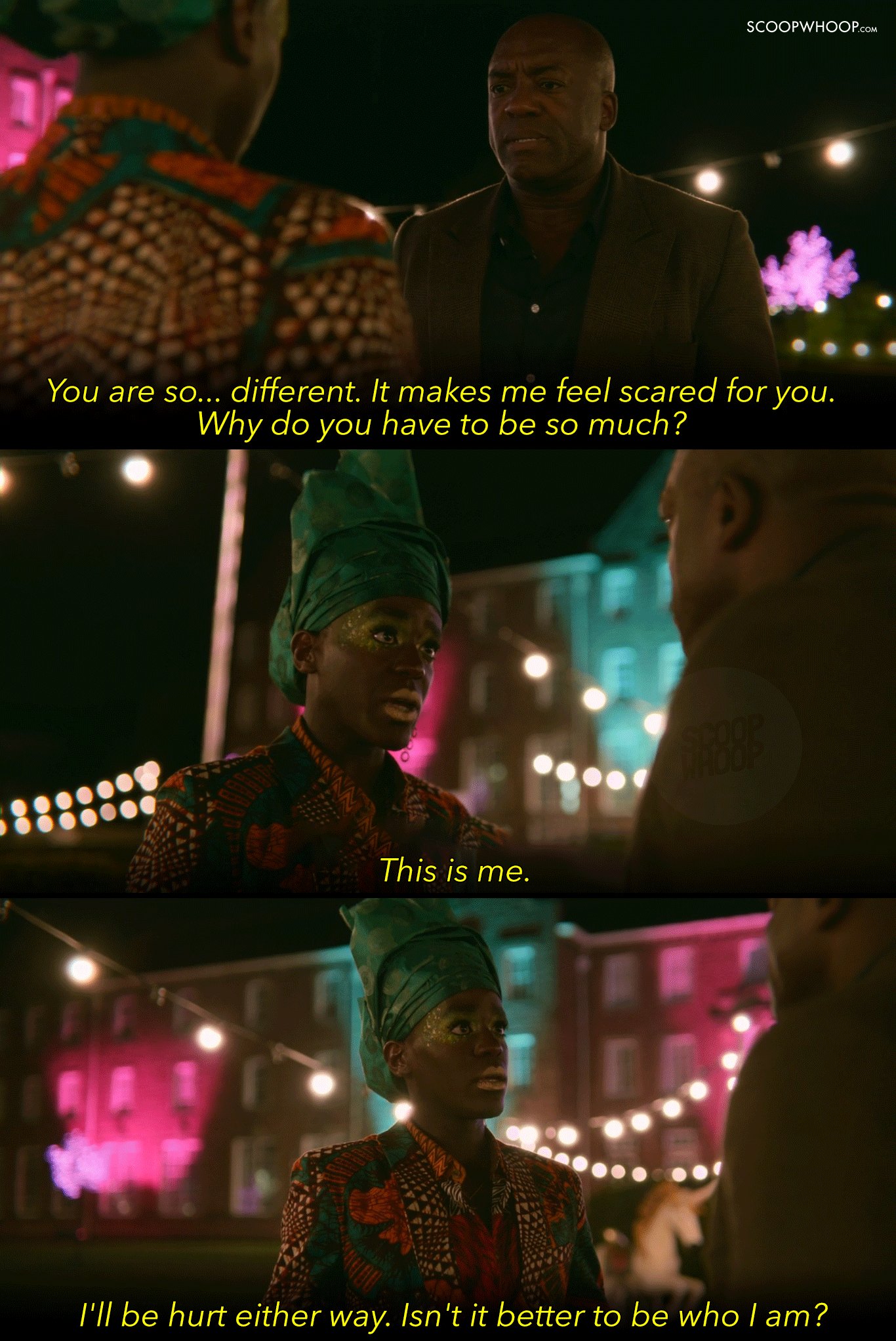
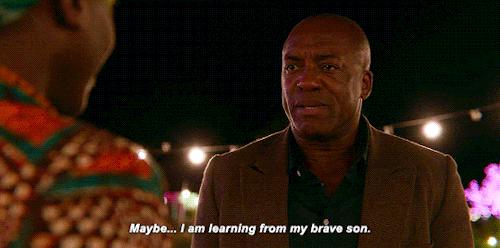
The best storyline on @netflix @sexeducation is Eric’s. Loved how we see a glimpse into his family dynamics, struggle with religion, on top of his friendship with Otis. So happy that his character is more than just a stereotype or a sidekick. 🤴🏿 pic.twitter.com/5xiXISFaTi
— Verónica (@Vero_Vuela) January 26, 2019
13. When the show deals with performance anxiety and mental health issues.
The ‘school bully’ is a trope that generally encompasses smooth sexual trajectory, bad ass attitude with maybe a sad back story, but that’s all. In this show, we have Adam who’s shown to have performance anxiety and wavering sense of self that comes from the burden of being the headmaster’s son.
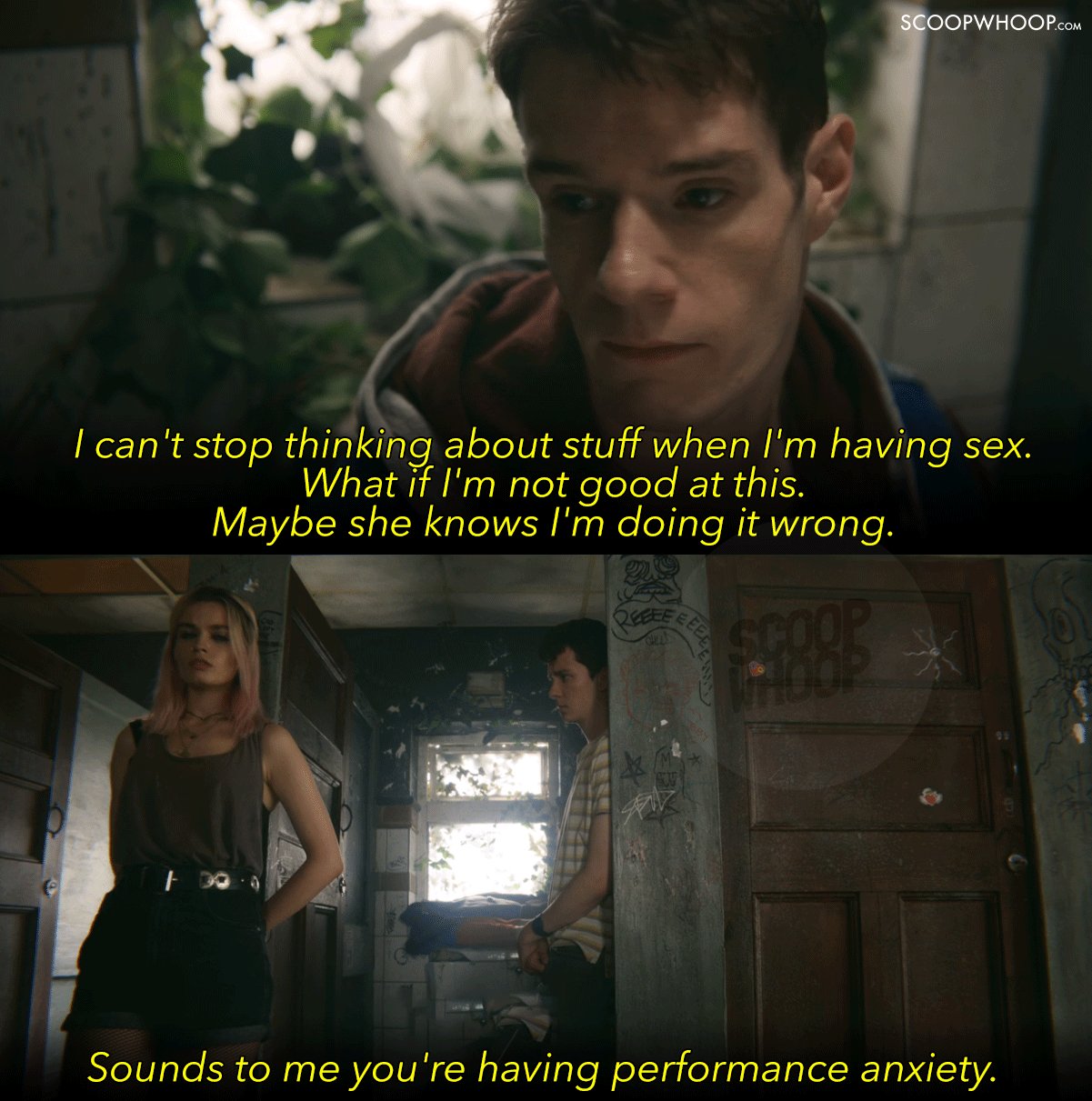
The show encompasses of some of the most bad ass feminist and politically correct moments and netizens can’t help but praise the show for it.
Can I just say that Sex Education is the most progressive show on netflix right now. It checks off everything from feminism, equality, racism, abortion, relationships, social classes! Damn, just about time they put those topics out there!
— jireh (@jirehcuarto) January 15, 2019
Sex Education on Netflix is not the typical Sex Ed like Mocha Uson or anything what you think. It tackles Feminism, LGBTQ+, Friendship, Equality, Abortion, Acceptance, Racism, Relationships and many more. You don’t talk shit to us who watched it or else we will take you down. 😉
— jhonsy (@earlyeveryday) January 16, 2019
when netflix’s #SexEducation normalises and addresses mental health, LGBTQIA+, masturbation, feminism, abortion, sex, and apologising to your kids while also tackling racism, homophobia, sexism and toxic masculinity pic.twitter.com/6TeKkSlntU
— 𝐥𝐚𝐮𝐫𝐞𝐧 𝟽𝟷 (@veraswife) January 17, 2019
Can we please have more shows like this?
For more stories on Netflix, click here.






